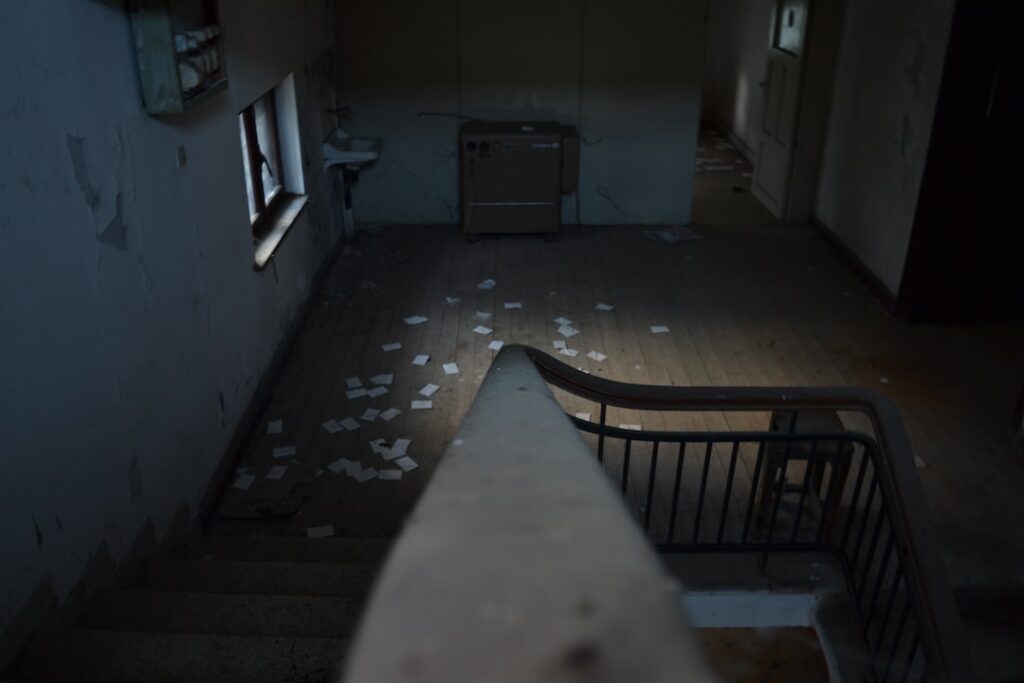1. How to Add a Room to a Finished Basement the Right Way
Adding a room to a finished basement can be a great way to increase your living space. However, if it’s not done correctly, it can be a costly mistake. Before you begin, there are a few important steps you should take to ensure that your new room will be safe and secure.
Inspect the Space
The first step is to inspect the space to make sure it’s suitable for a room. Look for any signs of water damage, mold, or structural damage that could affect the safety of the room. If you find any of these issues, it’s best to address them before continuing.
Check for Permits and Inspections
You should also check to see if you need any permits or inspections for the new room. Depending on where you live, you may need to have an inspection done by a licensed inspector to make sure the room meets safety standards.
Choose a Design
Once you’ve determined that the space is suitable for a room, you can start to plan the design. Choose a design that complements the existing space, and make sure it meets your needs. Consider things like the size of the room, the type of flooring, and the type of walls.
Choose Materials and Hire a Contractor
Once you’ve chosen a design, it’s time to choose the materials and hire a contractor. Make sure to get quotes from multiple contractors and compare prices before making a decision. When choosing materials, opt for durable and high-quality materials that will last.
2. The Benefits of Adding a Room to a Finished Basement
Adding an extra room to a finished basement is an excellent way to increase the functionality of the space. Not only can the room be used for additional living space, but it can also be used for storage, a home office, or even a gym. Here are some of the benefits of adding a room to a finished basement:
More Space for Living
Adding an extra room to a finished basement can give you and your family more space for living. This can be especially useful if you have a growing family, or if you need more space for entertaining. The room can be used as a den, playroom, or additional bedroom, depending on your needs.
More Storage Options
If you need additional storage space, adding a room to a finished basement is a great way to get it. The room can be used for storing items such as holiday decorations, sporting equipment, or other items that need to be kept out of the way.
Additional Home Office Space
The room can also be used as an additional home office space. This can be especially helpful if you need to work from home and don’t have a dedicated office space. The room can also be used for a home-based business or as a space to pursue hobbies.
A Place for Exercise
The room can also be used as a gym or exercise space. This can be a great way to stay in shape without having to leave the comfort of your own home. You can set up the space with whatever equipment you need to stay fit and healthy.
3. Planning and Design Tips for Adding a Room to a Finished Basement
Adding an extra room to your finished basement can be a great way to maximize the space you have available in your home. Here are some tips to help you plan and design your new room:
- Determine the Purpose of the Room – Before you begin planning the design of the room, it is important to determine what you plan to use the room for. Will it be a bedroom, a home office, a playroom, a media room, or something else? This will help you decide what furniture and features to include in the room.
- Choose the Right Flooring – When selecting the flooring for your new room, consider what type of flooring will best fit the purpose of the room. If you are adding a bedroom, you may want to consider carpeting or luxury vinyl plank flooring for comfort and sound insulation. For a home office or media room, a durable tile or laminate flooring might be a better option.
- Maximize Natural Light – If possible, try to maximize the amount of natural light in the room. This can be done by adding windows or skylights to the room. Natural light can make the room feel larger and more inviting.
- Plan for Storage – No matter what type of room you are adding, it is important to plan for storage. Built-in shelves and cabinets can be a great way to maximize the storage space available in the room.
When planning and designing your new room, it is important to think about the purpose of the room, the type of flooring you want to use, how to maximize natural light, and how to incorporate storage. With a little planning and design, you can create a beautiful and functional room that you and your family will enjoy for years to come.
4. Necessary Steps for Adding a Room to a Finished Basement
Adding an extra room to a finished basement can be a great way to increase the living space in your home. However, there are some important steps that need to be taken in order to ensure the room is properly built and safe. Here are the four necessary steps for adding a room to a finished basement.
1. Design the Room
The first step is to design the room. This includes deciding on the layout, size, and purpose of the room. When planning the design, consider how much space you have and what furniture you need to fit. It is also important to consider the size of the doorways and windows, as well as any ventilation needs.
2. Choose Materials
Once you have a design in mind, it’s time to choose the materials. Depending on the type of room you are building, you will need to select the right type of wood, insulation, and other materials. It is important to select materials that are durable and can withstand moisture, as basements are often damp.
3. Install the Walls
The next step is to install the walls. This involves putting up the framing, insulation, drywall, and other materials. It is important to make sure the walls are properly sealed in order to prevent moisture from entering the room.
4. Finish the Room
The final step is to finish the room. This includes painting, installing flooring, and any other finishing touches you want to add. It is important to make sure all electrical and plumbing work is done properly, as this can affect the safety of the room.
Once all of these steps are completed, you will have an extra room in your finished basement. This can be a great way to increase the living space in your home and create a comfortable and inviting space for family and friends.
5. Cost Considerations for Adding a Room to a Finished Basement
Adding a room to a finished basement can be a great way to increase the usable space in your home. However, before you begin the process of remodeling your basement, it is important to consider the cost of the project. Here are some factors to consider when determining the cost of adding a room to a finished basement.
Labor Costs
The labor costs for adding a room to a finished basement will depend on the size and complexity of the project. If you are hiring a contractor to do the work, you can expect to pay for the labor costs associated with the project. If you are doing the work yourself, the labor costs may be lower, but you will need to factor in the cost of the necessary materials and tools.
Materials
The cost of the materials required for adding a room to a finished basement will depend on the type of materials you choose. Some materials, such as drywall, insulation, and flooring, are relatively inexpensive. Other materials, such as cabinets and countertops, can be more expensive. Be sure to factor in the cost of the materials when calculating the total cost of the project.
Permits
Depending on where you live, you may need to obtain a permit in order to add a room to a finished basement. The cost of the permit will vary depending on the jurisdiction, so be sure to check with your local government to find out what the permit fee will be.
Furnishings
Once you have added a room to a finished basement, you will likely want to furnish it. This will add to the overall cost of the project, as you will need to purchase furniture, lighting, window treatments, and other items for the room. Be sure to factor in these costs when calculating the total cost of the project.


